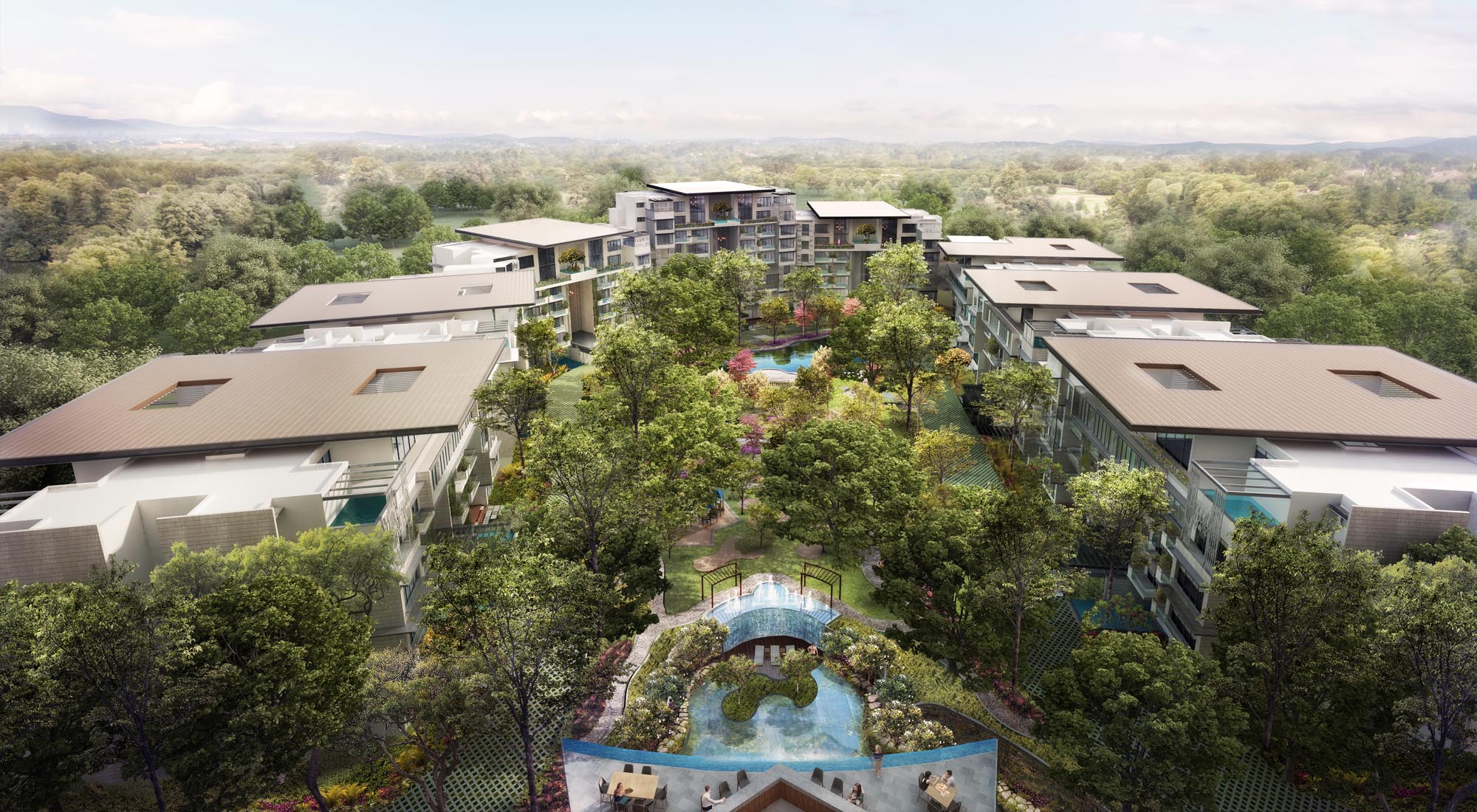What is landscape architectural rendering?
3D rendering in the world of landscape architecture has been around for quite some time. It’s been changing the way we perceive designs. All things considered, 3D rendering has already started to become a key factor in the designing phase for architect. However, this article isn’t for the people that are already familiar and using 3D rendering. It’s for people that are somewhat skeptical about the whole process but would like to find out more. This is exactly what we’re going to do today. We will go over some of the benefits of landscape architectural renderings to help you understand why it’s something you definitely need to start using ASAP. Let’s get to it…
How to judge the quality of landscape rendering?
This a lot of people will ask themselves this question when they are looking for landscape architectural rendering companies. Looking at their portfolios and make sure their quality can match your expectation. This is a very important stage for you. If only price can match your plan but not the quality, you shouldn’t even consider it from the starting. You’ll not wish to receive a low quality work but you’ve paid for a high price. Yeah.. I am going to explain more details for this services and the key point you need to take note. So, you will know how to choose the right rendering provider for your design.
Here are the 3 Main criteria to judge the quality:
Lighting and shadow
First thing first, when you first look at the rendering, the lighting should look natural. Of course, when we talk about lighting, it will involve shadows. Please look at the light source angle and the shadows should come along with that angle. Besides the angle, you should take note of the level of the shadow. Like directional shadow should be strong, subtle indirect shadow, contact shadows where objects touch neighboring surfaces. The area near to the light source should not have any shadows.
Level of details
Secondly, landscape is also exterior rendering. People will definitely expect more details from here. The rendering artist should understand the blueprint before they start the work. They must have the image in their mind and plan out everything. From here, you can look at the surface material, corner details, what kind of plants. Also, how is the landscape design match with the building design in rendering. If the rendering quality is bad, the outsider will realize it even they can’t explain why is that so.
People in the rendering
Why do I say this? Many of the rendering artist can’t make a good rendering because of this. When they put people in the rendering, they need to adjust a lot things. E.g. lighting, color balance, contrast and saturation. As mentioned, lighting and shadow are the vital step It takes time to edit the lighting. The artist must have good understanding as well. Another point is that some artist do choose people’s position properly. They just add it for the seeking of adding. Adding them in places where they don’t seem to naturally belong in the scene.
Not only these 3 you should take note of, there many more to judge their quality. Most importantly, they must look natural in landscape architectural rendering! This is usually how the outsider will judge the quality.
Easy to communicate ideas
One of the primary limitations in the world of architecture is that your client is an extremely non-technical individual. He has no idea how you do what you and this sort of creates a communication barrier. It can be really challenging to explain blueprints to a person with zero knowledge of architecture. And, at the same time, it’s difficult for the client to explain his simplified ideas to a professional like yourself. This is where 3D rendering can be a life saver. Instead of having to trace through blueprints, you can just present an image file of the client’s future premises and job done. You’ll be able to swap ideas pretty easily with each party conveniently understanding what the other party has in mind. To sum it up, landscape architectural renderings are the language that architects and clients can use to converse.

Time efficient and risk free
What happens when the client changes a certain detail about the place under construction? You’ll probably have to redo some portion of the building or landscape and spend some extra money to do so. Money is really not your concern, the client will be charged for those additional changes. The real con of all those changes will be the time. The client will end up taking more time and more manpower. The number will be more than what you had calculated and allotted before starting the whole process of construction.
But, now you’re going to have to give the client more time than before. Which is ultimately time that you’re taking off of other people’s plate. But, if you used landscape architectural renderings, the client won’t need to make any changes once construction starts. You’ll be able to easily wind up the project in the given deadline, not use any extra manpower than necessary and most importantly, save yourself and your client a lot of money that would be wasted otherwise.

Create an attractive portfolio
As an architect, what’s the one thing you want to exhibit to your potential clients before they sign up to do business with your company? Yup, you guessed it right. Your portfolio is what is going to help you make those sales. Typically, architects use past projects and completed structures in their portfolio, which does work fairly well.
However, there is a technique that could prove out to be so much more fruitful as compared to the those images. Instead of showing photographed pictures to the people looking to hire you, show them virtually made 3D images that are an impeccable demonstration of your work. We will quote Thanos here and say that “Reality can be whatever you want”. You can add flawless designs to your portfolio instead of actual made buildings that may or may not look that attractive. The designs exhibited in the portfolio don’t even need to be physically or scientifically possible. It’s beside the point whether or not your company could construct that specific design. It just need to look pretty and voila! You have an impeccable portfolio that’s impossible to resist.

Increases productivity throughout the work space
Let’s talk about how 2D and 3D modeling are different from one another. First of all, when you’re using 2D blueprints, the whole finalizing the design process is just a nightmare for your company. You have to go back and forth and literally go through a long series of arguments with the client to ultimately come up with a design.
Now, you forward all those designs along with any special requirements to some manager who has to then, explain everything to his construction team. And, every time the client changes his mind about some small aspect of the landscape, you have to go through this cycle. We’ve established the fact that 2D designs will include several modifications from the client over the course of the project. You’ll have to repeat this entire process over and over again. But with landscape architectural renderings, it will make it much easier.
On the other hand, if you were to make a 3D rendered image instead of a blueprint, the client could easily achieve the finalized design after some slight modifications. You won’t have to do much explaining to a project supervisor either, just forward that rendered image and in turn, the supervisor would do the same thing. The whole process is done in a significantly less time and thus increases the productivity of the entire workspace.

Closing thoughts
Landscape architecture rendering is a tool that’s meant to make your job so much more easier. It does the same thing you would be doing otherwise, but it saves your time and the time of your client as well. It allows your workspace to be more productive and get things done a lot quicker. So, if that isn’t enough to convince you to start using landscape architectural renderings, then just wait. This technology is inevitably going to become a key part of the industry. And, in just a few years, time will force you to utilize this incredible technique.






